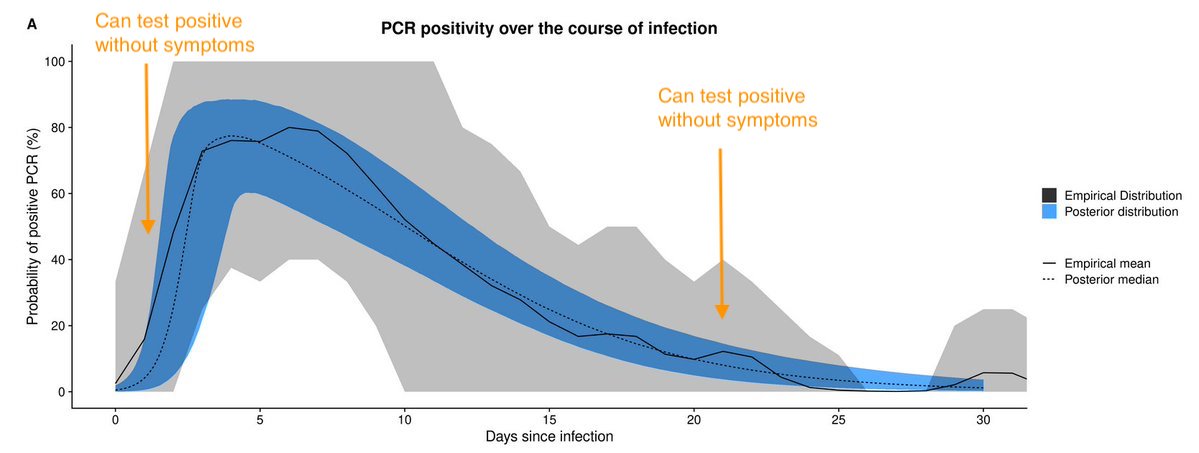
Relaxing UK COVID-19 control measures over the Christmas period will inevitably create more transmission risk. There are four main things that will influence just how risky it will be... 1/
We can think of as epidemic as a series of outbreaks within households, linked by transmission between households. This is particularly relevant over Christmas, given school holidays and some workplace closures. 2/
We can also think of R in terms of within and between household spread. If the average outbreak size in a household is H, and each infected person in household transmits to C other households on average, we can calculate the 'household' reproduction number as H x C. 3/
This brings us to the four main factors that will influence Christmas transmission risk. First, it depends on likelihood an outbreak will emerge in a household bubble. This depends on what people do in the 1-2 weeks before they meet others over Christmas... 4/
If 2% of people in a community are currently infected, and 10 random people get together, there's an 18% chance at least one will be infected. If 0.2% are currently infected (perhaps because they can take more precautions) this chance drops to 2%. 5/
Second, risk depends on how many people are in bubble. Per-contact transmission risk can be high in households (eg. cdc.gov/mmwr/volumes/6… & medrxiv.org/content/10.110…), so larger bubbles mean infection not only more likely to join, but also cause larger outbreak if it does. 6/
Third, it depends on how who is in a bubble. The riskiest bubbles will be ones that mix people from groups with a high chance of recent infection with people from groups with a high chance of severe disease if infected. 7/
Finally, it depends on whether a bubble outbreak leads to more outbreaks (i.e. how big the C is in H x C above). If people stick to exclusive bubbles, and are cautious in post-Christmas interactions, it will help reduce chance of one household cluster turning into many more. 8/8
• • •
Missing some Tweet in this thread? You can try to
force a refresh












